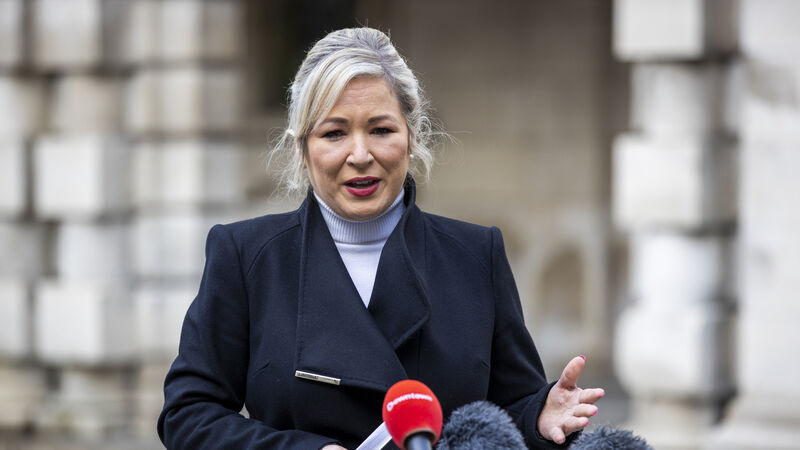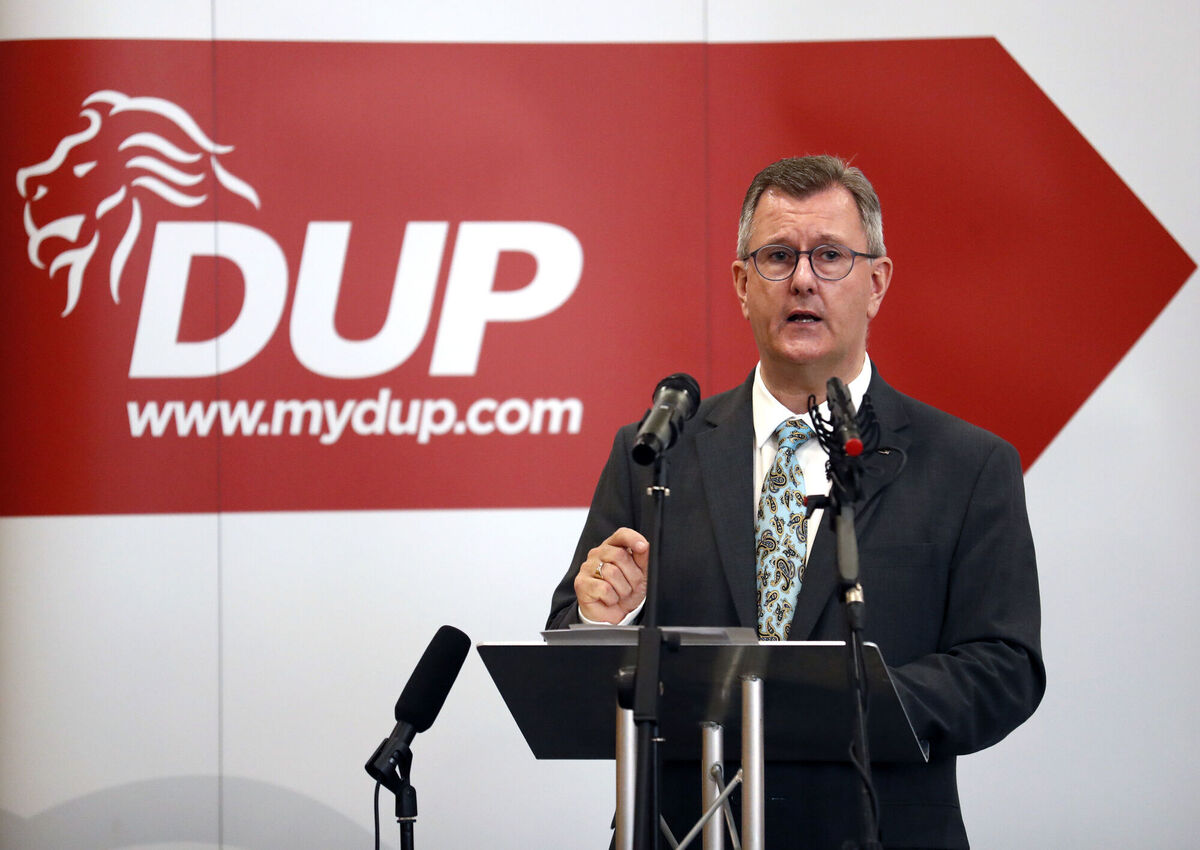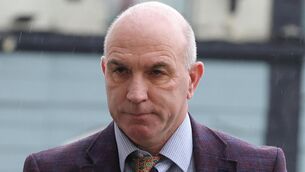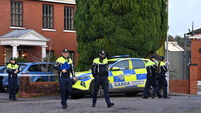Daniel McConnell: Sinn Féin may lead, but government not guaranteed in divided North

A succession of polls has shown Sinn Féin, led by Michelle O’Neill in the North, holding a solid lead over the DUP.
The starting gun has been fired on the Northern Ireland Assembly elections, and not since its creation in the wake of the Good Friday Agreement have the results been so keenly awaited.
This is because Sinn Féin looks set to formally oust the Democratic Unionist Party (DUP) as the largest party if the current opinion polls are to hold true on polling day.
With Mary Lou McDonald’s party on course to lead the next government down south, the vista of Sinn Féin being in power north and south is a milestone of some significance.
However, unionist intransigence is on the rise and there are already soundings coming from the DUP, led by Jeffrey Donaldson, that they would not enter government under a Sinn Féin first minister, which would see the northern institutions furloughed again.
Let’s take a look at the main talking points of this election, and explain why it is so important:
A: Thursday, May 5.
A: A total of 239 candidates will contest the election — 11 more than last time, across 18 multi-seat constituencies.
Belfast West has the largest number of candidates standing, with 17 going on the ballot paper to contest the five seats while East Antrim has the fewest with 10 candidates standing in the constituency.
A: In total, there are 87 women are running in this election which is 17 more than in 2017.
A: Voters will select 90 MLAs of the 239 candidates to be returned to Stormont.
Sinn Féin is fielding the most candidates with 34, followed by the DUP, which is standing 30. The Ulster Unionist Party (UUP) has 27, while Alliance has 24, and the SDLP has 22.
There are also 24 independent candidates in the field.
Of the other parties, the Traditional Unionist Voice (TUV) is fielding 19 candidates, while parties with southern Dáil representatives are contesting the election.
For example, the Green Party has 18 candidates, People Before Profit has 12, and Aontú is also fielding 12 candidates.
The Workers Party has six candidates in the race and the Progressive Unionist Party (PUP) three.
The Irish Republican Socialist Party (IRSP) and the Socialist Party have two candidates each.
The Northern Ireland Conservatives, Cross Community Labour Alliance (CCLA), Resume NI, and Heritage Party are all fielding one candidate each.
A: A succession of polls has shown the party led by Michelle O’Neill in the North holding a solid lead over the DUP.
A poll last week showed Sinn Féin on course to emerge from the Stormont election as Northern Ireland's biggest party, extending its lead over the DUP to seven points.
The party's popularity has risen to 27%, extending its lead over the DUP to almost seven points, according to the Institute of Irish Studies, University of Liverpool/Irish News poll.
The last University of Liverpool poll of decided voters in February had Sinn Féin on 23.2% of first preference votes and the DUP on 19.4%.
A: Sinn Féin will win the right to hold the position of first minister, but this is something of a misleading change as their previous role as deputy first minister is actually equal in terms of power.
Under the rules, the first minister and deputy first minister are the joint heads of government of the Northern Ireland Executive.

Despite the different titles for the two offices, the two positions have the same governmental power: the deputy first minister is not subordinate to the first minister.
Seats in the Assembly Executive and chairs and deputy chairs of the departmental committees will be allocated on the basis of the D'Hondt system.
This system, also known as the highest average method is named after Victor D'Hondt, a Belgian lawyer from the last century.
The principle of the system is that seats are won singly and successively on the basis of the highest average.
The method requires that the number of seats each party gained in the Assembly will be divided initially by one and thereafter by one more than the number of seats won, until all the seats are won.
A: Yes, there is. The DUP MLA Jim Wells has said his party “shouldn’t go into power” if Sinn Féin becomes the largest party and takes the first minister seat.
Mr Wells said that while it was his “personal opinion” but claimed it is also “held by several others at senior level in the party”.
A: Without both sides willing to enter, the Assembly and the Executive cannot function, and ultimately a return to direct rule from London will occur if progress cannot be made.











